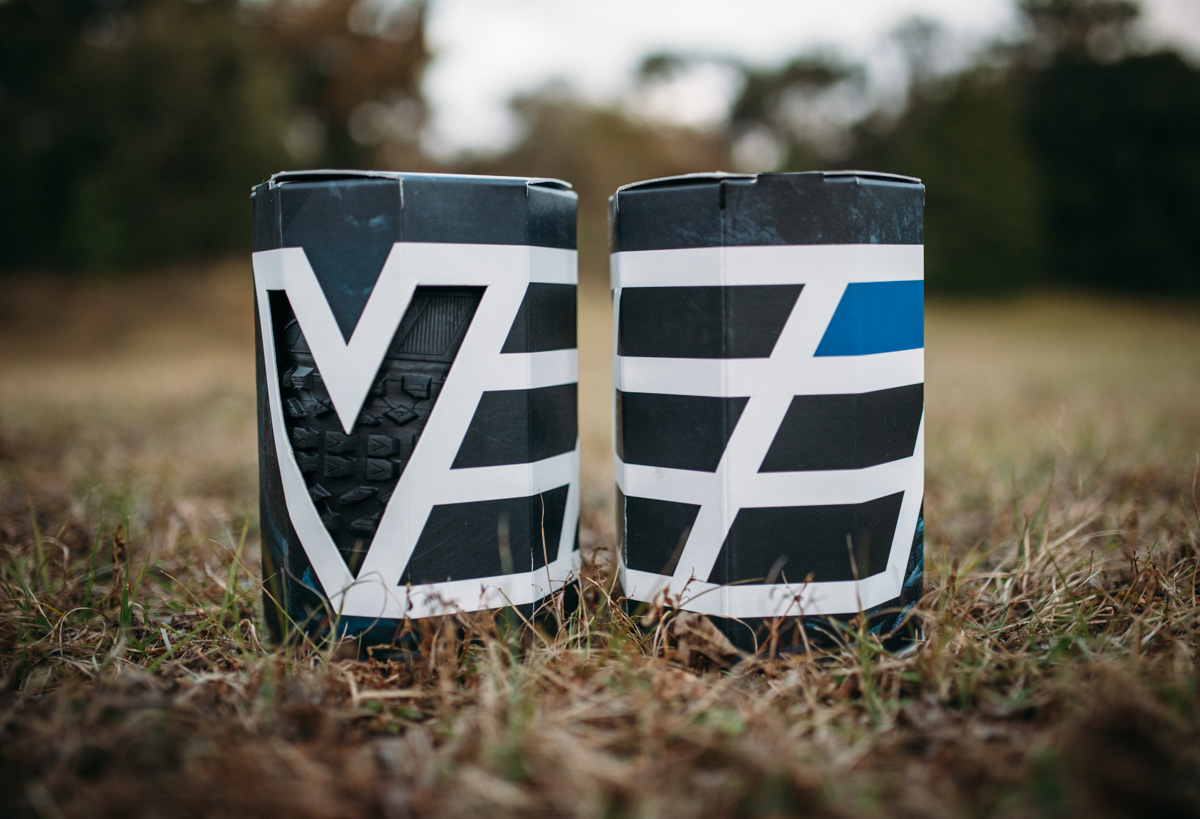Tested: Bikepacking on the Vee Trax Fatty 29+ Tire
With tapered and ramped center knobs, the Vee Trax Fatty 29+ proved to be a fair bikepacking option for hardpack, sand, and grainy singletrack…
The Huracan 300 seemed as good a route as any for testing out a fresh pair of tires. The route is comprised of fast granular singletrack, spots of mud, long crushed limestone roads, pavement, and plenty of sand…the perfect proving ground to judge the VTF’s performance in many different conditions.
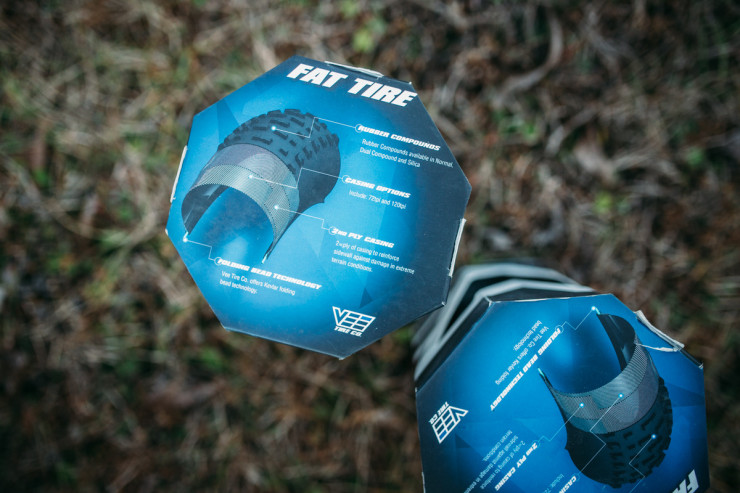
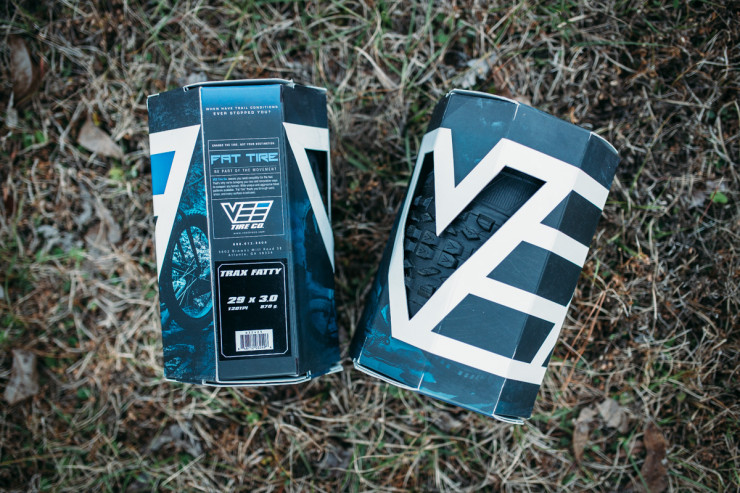
Initial Impressions
The actual size and volume of the Vee Trax Fatty initially appeared substantially smaller than that of the Surly Knard 29×3. But as with the Dirt Wizards, with some use they seemed to bulk up over time. Upon mounting the tires on a pair of Rabbit Holes, I was slightly concerned that they might fall short in the traction department. The VTFs have two rows of tightly spaced main tread that are square in profile to the riding surface. The lack of beefy side knobs and odd shaped casing creates an overtly deep V shape which adds to their smaller appearance. But, that being said, I had been riding a pair of Dirt Wizard 29+ tires and the rounded profile of the VTFs, narrow tread, and small side knobs had a much less aggressive character than the DWs. Ultimately the tires performed well, especially in the sand.
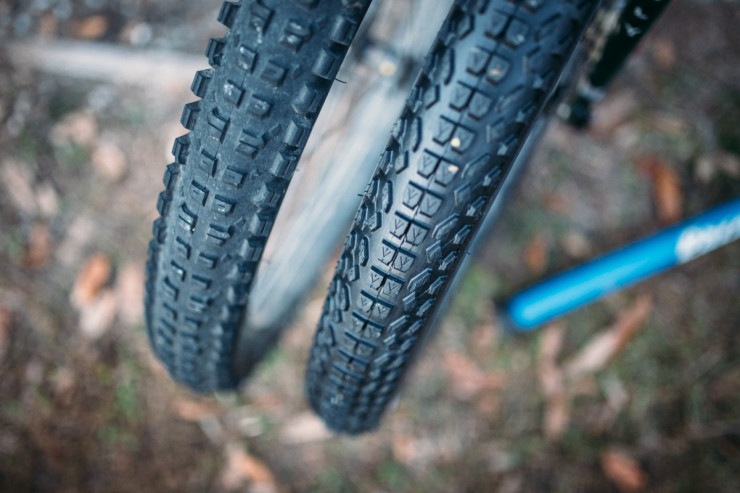
I had heard rumblings that the weight of the VTF was substantially less than that of the Surly Knard 29, but after further inspection the difference in weight is only a little over 100 grams per pair (versus the 120 TPI Knard). I definitely noticed that the VTF had a bit less rolling weight in comparison to the 27 TPI Knard, which I had spent a fair amount of time on while in Africa. While the 120 TPI Knard was never an option for multi-day bikepacking trips due to its thin sidewall, the 120 TPI casing of the VTFs seemed beefy enough. However, I might consider using the 72 TPI version for long distance romps; it weighs in at around 1,025 grams.
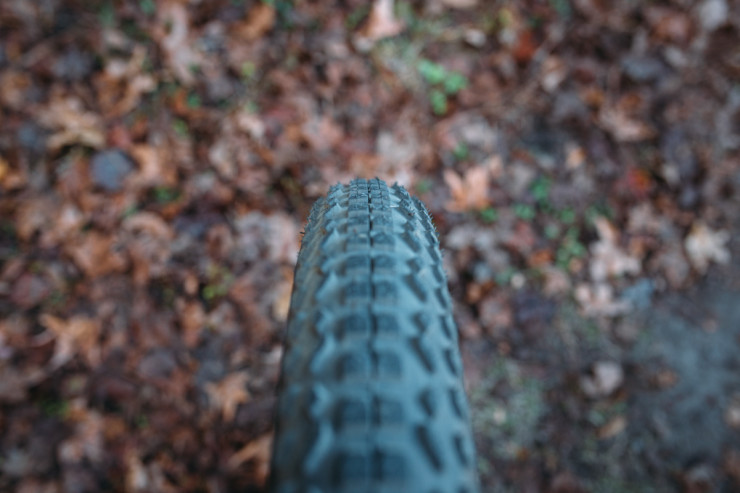
Following Trax
The Trax Fattys are definitely fast rollers. My trip started with an epic stretch of well-worn singletrack; with the tires inflated to a scant 12 PSI they seemed to roll quickly with minimal noise. On the road it was no different; for longer paved stretches I added a bit of air and the tires felt similar in comparison to Knards, which I also find to roll surprisingly well on tarmac. One thing that threw me for a loop (literally) was a bit of squirreliness while cornering. With a squared main tread and an overtly deep V profile, the VTFs exhibit an exaggerated transition when leaning into corners… almost as if they oversteer. After getting used to this awkward, albeit interesting, phenomenon, the quick turning became kind of fun in the tighter sections of singletrack. I found myself whipping around corners, sliding into embankments, and grinning along the way. However, this is not always a welcome trait… it can be a bit of an annoyance on the pavement.
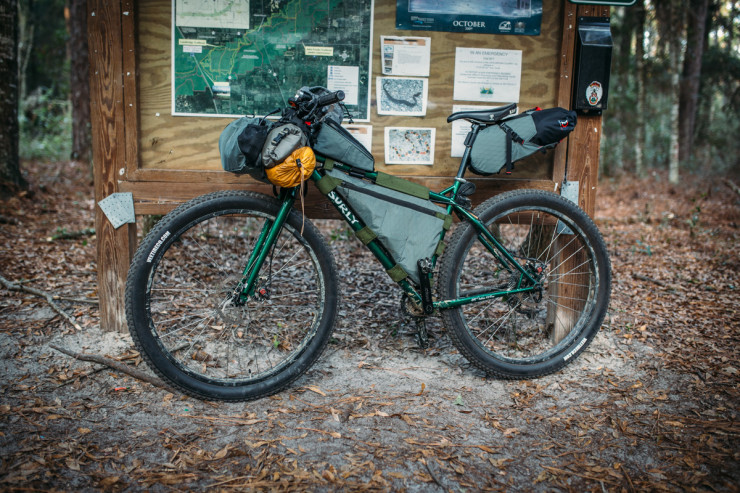
While researching the Huracan route, I ran across repeated references to stretches of thick sand that would need to be walked. The sandy trenches were no problem for the Trax Fatty. I was impressed with their ability to roll through sections that would turn a typical 29er into a hiked bike. The deeper profile created by the shallow side knobs seems to dig in to the sand while the sheer volume creates enough float to power through it. Although I don’t think 29+ tires could ever stand up to thick beaches or dunes, The VTFs seem to be a great all around option when sand is part of the equation.

Deep into the route there were also plenty of mud pits and flooded areas that initially gave me pause, but this is where the VTFs surprised me. While definitely not a mud tire, they performed better than I anticipated. The traction was nothing to write home about, but overall, they kept rolling and seemed to shed the clay mud fairly well. In addition, on sections of bumpy dry clay, the VTFs seemed to eat up bumps in a similar fashion as the Dirt Wizards (maybe slightly less than the bulkier round Knards).
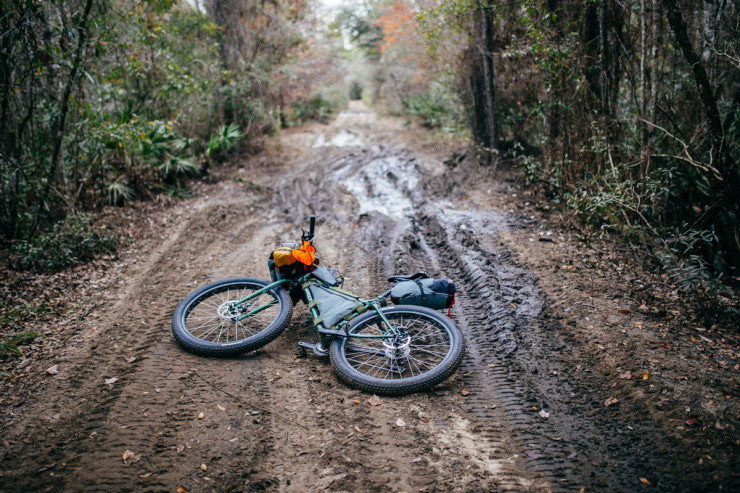

Overall I wasn’t overly impressed or dissapointed with the Vee Trax Fatty. There was some concern that the lightweight sidewall and single compound tread would show wear and deterioration from a big ride, but after a few hundred miles, the tread is just slightly rounded and the sidewalls appear to be in fine shape. The self-steer squirmy profile of the tire is definitely a strange characteristic. And while it may not be the ideal choice for rugged mountain terrain, the VTF certainly makes a fine all-around tire for bikepacking on routes that involve hardpack, sand, and moving fast.
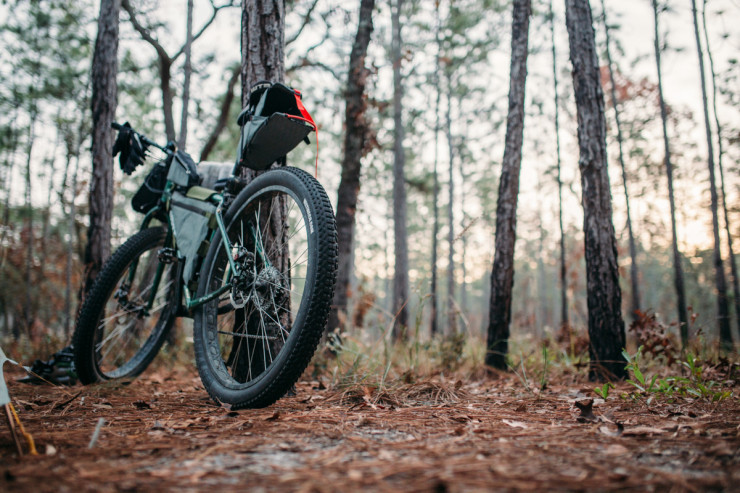
Specs
Here are the specs of the tires I tested:
- Size: 29×3” 120TPI casing
- Compound: Single, Silica Rubber
- Bead: Folding, Tubless Ready
- Weight: 920 Grams/tire
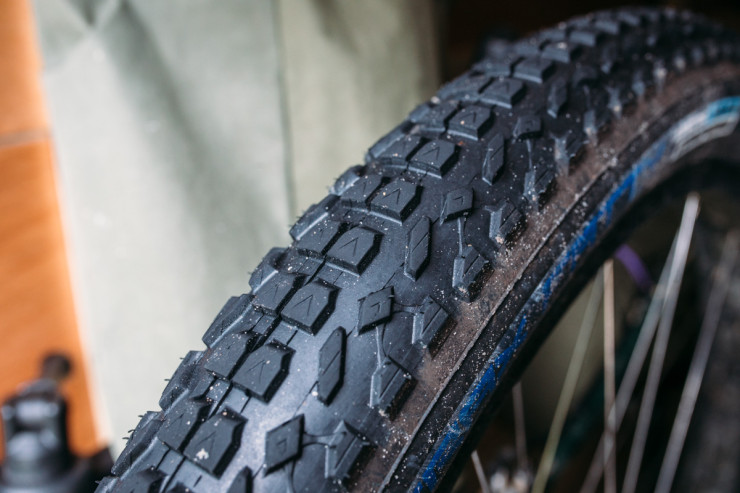
Please keep the conversation civil, constructive, and inclusive, or your comment will be removed.






